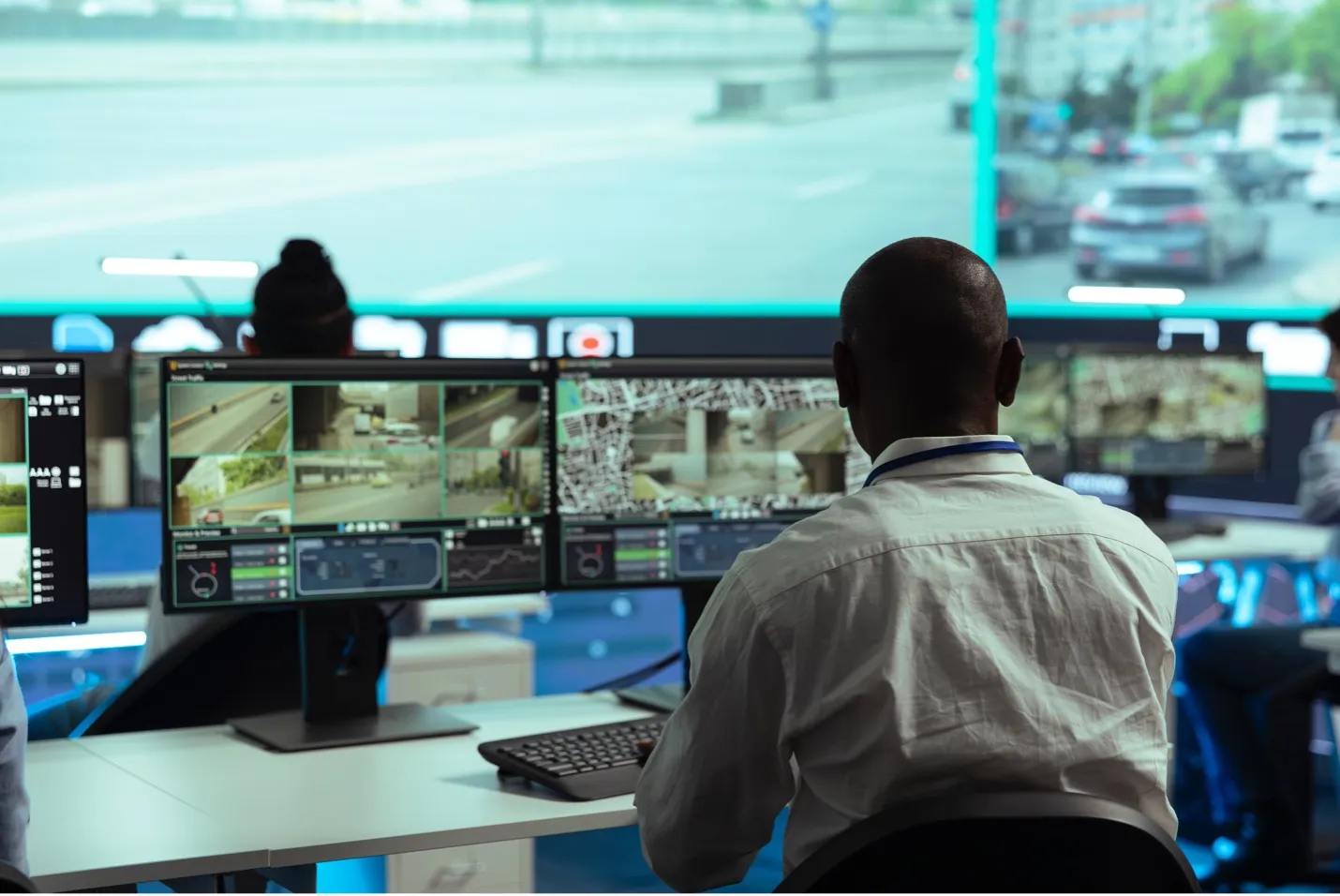Intelligent traffic management information solutions provider Iteris has added a new product to its Vantage video detection product suite. SmartSpan uses proprietary Dynamic Zone Stabilisation (DZS) algorithms to provide accurate and cost effective advance detection and stop-bar detection of vehicles at intersections equipped with span wire mounted signal lights. According to Iteris, the new solution addresses the unmet needs of many traffic management agencies that have not been able to cost-effectively de
January 23, 2013
Read time: 2 mins
Intelligent traffic management information solutions provider 73 Iteris has added a new product to its Vantage video detection product suite.
SmartSpan uses proprietary Dynamic Zone Stabilisation (DZS) algorithms to provide accurate and cost effective advance detection and stop-bar detection of vehicles at intersections equipped with span wire mounted signal lights.
According to Iteris, the new solution addresses the unmet needs of many traffic management agencies that have not been able to cost-effectively deploy video vehicle detection. This has traditionally required stable camera mounts that are only possible with rigid traffic signal mast arms; however, SmartSpan can be mounted on the same span wires holding the traffic signal without sacrificing detection accuracy.
“SmartSpan finally provides traffic engineers a seamless way to combine the benefits of video vehicle detection, traffic data collection, and intersection surveillance for span wire equipped intersections,” said Abbas Mohaddes, president and CEO of Iteris. “This product also creates a new sales opportunity for us to provide video detection to an additional 55,000 signalised intersections – primarily in Eastern and Southern US states – where span wire intersections are routinely installed. Further, using our proprietary DZS algorithms, we can provide video detection in locations that are subject to high winds or vibration which can result in unwanted camera movement.”
SmartSpan uses proprietary Dynamic Zone Stabilisation (DZS) algorithms to provide accurate and cost effective advance detection and stop-bar detection of vehicles at intersections equipped with span wire mounted signal lights.
According to Iteris, the new solution addresses the unmet needs of many traffic management agencies that have not been able to cost-effectively deploy video vehicle detection. This has traditionally required stable camera mounts that are only possible with rigid traffic signal mast arms; however, SmartSpan can be mounted on the same span wires holding the traffic signal without sacrificing detection accuracy.
“SmartSpan finally provides traffic engineers a seamless way to combine the benefits of video vehicle detection, traffic data collection, and intersection surveillance for span wire equipped intersections,” said Abbas Mohaddes, president and CEO of Iteris. “This product also creates a new sales opportunity for us to provide video detection to an additional 55,000 signalised intersections – primarily in Eastern and Southern US states – where span wire intersections are routinely installed. Further, using our proprietary DZS algorithms, we can provide video detection in locations that are subject to high winds or vibration which can result in unwanted camera movement.”










